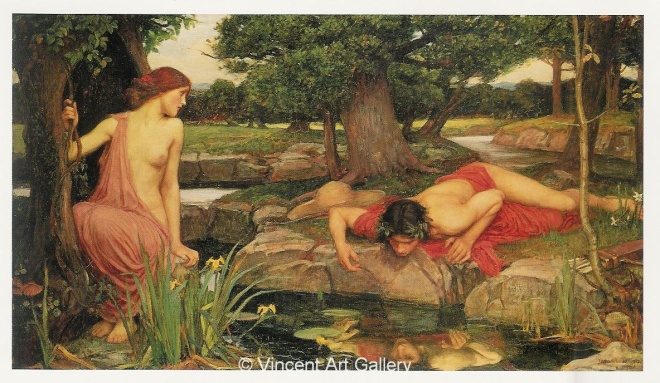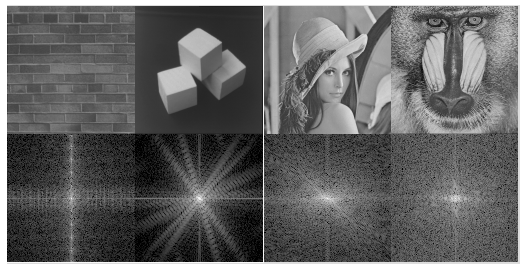It’s probably my love for dogs that made me look into William Wegman. But every single person I showed his photographs to, had a hearty laugh! That speaks of how innovatively funny Wegman is, not to mention incredibly talented in photography. Every photograph of Wegman is pure entertainment mixed with novelty. Even the first dog he worked with is named Man Ray!! Entertaining on all levels!

An interesting aspect of his photography was the intense criticism he faced on the apparent cruelty in forcing the dogs to pose. However, Wegman always defended saying that his dogs were more than happy to have been photographed by him and even more, Man Ray would sulk when he wasn’t being used! One such criticized photograph is shown below, where his dog, Fay is photographed standing atop a weird table. Keeping the criticism aside, I find this image particularly interesting for the parallelism in the legs of the dogs versus the legs of the table. The use of shades of brown all over in the photograph also in an interesting aspect, which matches to the color of the dog. There is also an inherent symmetry to the entire photograph.

Another interesting photograph for me was his dog Man Ray staring at a clay sculpture of its own face. This gaze was so intense, looking from a neutral observer’s point of view of the photograph. I recollect seeing an interesting parallel photograph long ago, which was of Aristotle looking at a bust of Homer, painted by Rembrandt. The play with shadows is also interesting in Wegman’s photograph. And like every other photograph, his use of props and setups is extraordinary. This photo almost makes me feel that the dog is like a surrogate to Aristotle in the painting.

One of the most captivating photographs of Wegman was his “Red Toy”. At first, it looked so abstract yet innovative. Here, the dog is not in motion and is covered by seven pieces of some red material. This photo made me remember the rule of thirds and the importance of positioning the subject in the picture. I felt this was very accurately placed and there is an added relationship between the parts of the dog and the parts of the red material covering them. Though my first initial reaction to this was humor, I increasingly felt uncomfortable looking at it, contemplating if this photograph has anything to deal with imprisonment and punishment. Added to this was the look on the dog’s face, which I feel is a mix of perplexity and confusion. The red color also stands out uniquely.







